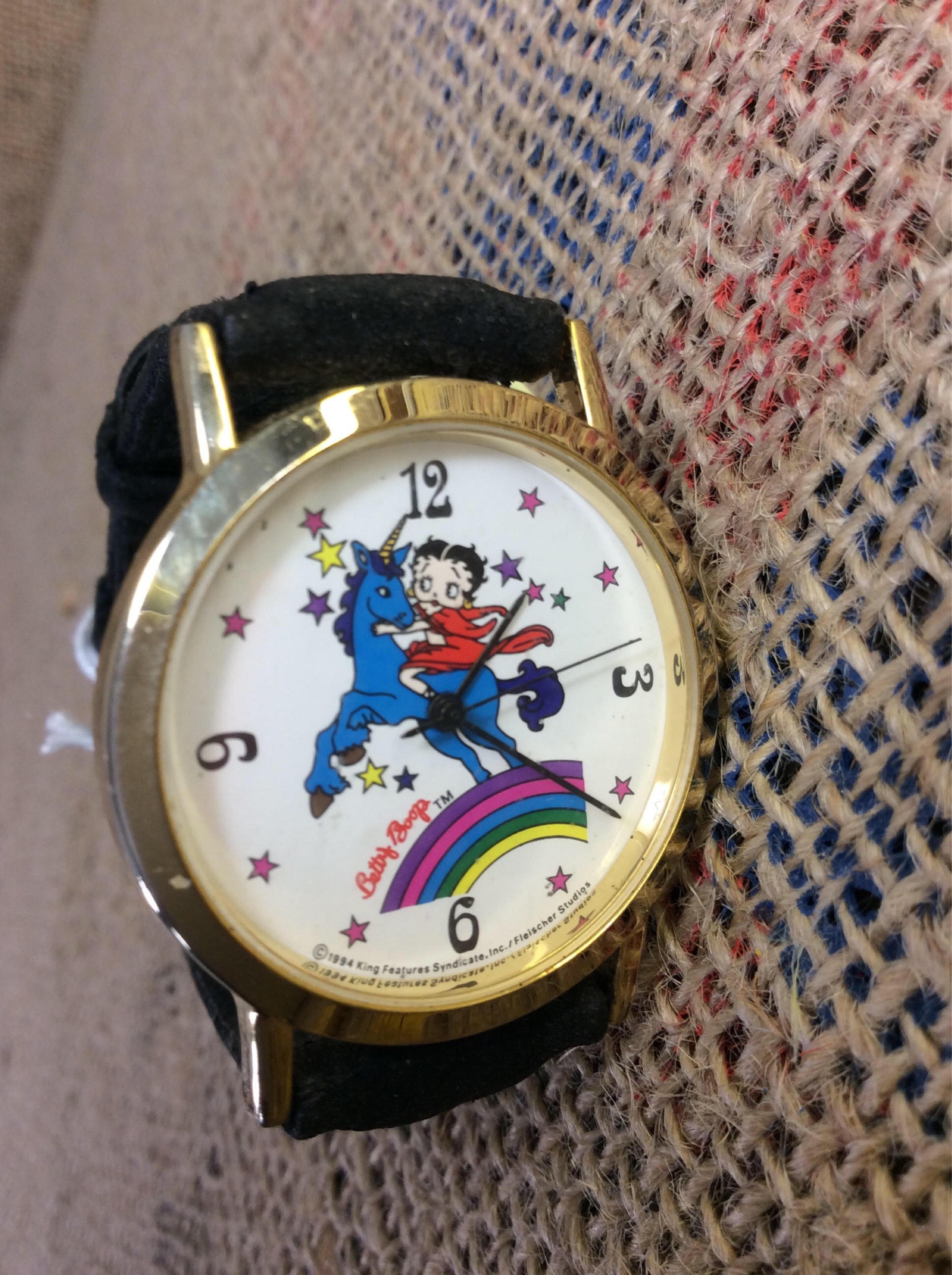

In response to the huge success of Disney's short, the Fleischer brothers nurtured Betty (as a dog), whose ears eventually changed to earrings, and whose curves became increasingly pronounced. For example, from 1924 to 1926 Fleischer was producing the first sound cartoons, paving the way for Disney's much-lauded short Steamboat Willie (Ub Iwerks, 1928). The works from this studio (with some exceptions) foregrounded the “artificial, drawn nature of the medium”, and contrary to popular belief, were parallel, even at times ahead, of Disney in pioneering many technical and narrative techniques (1). Whilst many studios fought for the status fast being acquired by Disney, there was one other major contender – the studio run by the Fleischer brothers, Max and Dave. With the advent of sound, Hollywood accelerated the production of short animated films, which would serve to preface the main features in cinemas. In short, Betty is a dreamer, encapsulated within a dream, which happens to be spun by Fleischer, an often-unsung pioneer in the field of animation. Mythical creatures frolic and play dice as Betty sings amongst them. After a bounding dance, a frumpy nurse's feet suddenly become two dogs, barking viciously at one another. In Blunderland, we watch as Tweedle Dum and Tweedle Dee become dual Babe Ruth look-alikes, methodically swinging at each other, until both heads recede to revel white flags, waved in unison. Bearing this in mind, it would seem that the “train-of-thought”, seemingly spontaneous barrage of sight gags that unfold in Betty in Blunderland represent Fleischer's imagination unwinding over the painted cells as they are projected – one cannot dispute the exuberant, organic immediacy of these works, as Betty flits nimbly through some of the most transmundane scenarios ever animated. Betty appears, then some event triggers a circular narrative, which becomes increasingly surreal (and unfeasible), before Betty “awakes” – that is, returns unscathed to her original setting, before delivering a terminally cute gag with which to finish the cartoon. A truly heteromorphic life form, the Betty Boop cartoon embodies a kind of dream state. That is to say, we never doubt Betty's return home – and one sincerely doubts that a home resplendent with a fatherly talking clock would be any more rational than Blunderland, where the laws of logic and physics respectively no longer apply. After falling down an unfeasibly long shaft and swigging a flagon of “shrink-ola”, the true Fleischer magic begins – and as with his many other works, it is not the end but the means that comprises the magic of the piece.

Betty, curious as always, meanders laconically into the mirror after the hare, whereupon she transforms into a long-haired maiden and begins her lackadaisical trip though Blunderland. Suitably placated singing her way through the placement of the pieces making up the march hare on the board before her, she eventually comes across the head, which promptly joins its body and leaps from the board. Betty in Blunderland is one such hallucinatory outing a short, sharp shock laced with Fleischer's whimsical, though at times suppositious touches.īetty Boop is stretched out on her living room floor, assembling a Wonderland jigsaw puzzle.

Ranging from the whimsical, almost improvisatory imaginings of the patriarchal Max Fleischer, through to the post-Code shorts in which Betty was stripped of her curves and attitude, Betty Boop cartoons always have, at heart, a fearlessly inventive nucleus – in the blink of an eye, the everyday can (and usually does) morph into the unreal.
BETTY BOOP WATCH CODE
This trademark routine begins another surreal foray into the unknown for Betty, who (at least before the Hays Code began to tyrannise Hollywood for the “good” of public morals) embodied the quintessential spirit of the burgeoning jazz era. The opening shot of Betty in Blunderland shows our mesmeric heroine peeking mischievously from her curtain-sheathed hiding place she winks, and delivers her now infamous, trademark “boop-oop-a-doop” spiel, which was propagated further by Marilyn Monroe's indelibly ditzy number in Some Like it Hot (Billy Wilder, 1959). An essay by Paul Verhoeven on "Betty in Blunderland".


 0 kommentar(er)
0 kommentar(er)
